- Home
- About
- Hospitals
-
Treatments
- Orthopedic & Spine
- Knee Replacement
- Carpal Tunnel Release
- Rotator Cuff Repair
- Meniscus Repair / Meniscectomy
- Total Hip Replacement (THR)
- Total Shoulder Replacement
- Arthroscopy
- Ligament Reconstruction
- Spinal Fusion
- Discectomy
- Laminectomy
- Spinal Decompression
- Vertebroplasty and Kyphoplasty
- Fracture Repair
- ACL Reconstruction
- Tendon Repair
- Osteotomy
- Amputation
- Pediatric and Adult Cardiac
- Neuroscience
- Oncology
- Nephrology & KTP
- Gastroenterology & Hepatobiliary
- Obstetrics and Gynaecology
- Infertility
- Dental & Maxillofacial
- Plastic & Cosmetic Surgery
- Rhinoplasty
- Blepharoplasty (Eyelid Surgery)
- Facelift (Rhytidectomy)
- Breast Augmentation (Mammoplasty)
- Breast Reduction (Mammoplasty)
- Breast Lift (Mastopexy)
- Liposuction
- Abdominoplasty (Tummy Tuck)
- Brazilian Butt Lift (BBL)
- Lip Augmentation
- Breast Reconstruction
- Cleft Lip and Palate Repair
- Scar Revision
- Burn Reconstruction
- Botox Injection
- Ophthalmology
- Otolaryngology (ENT)
- Endocrinology
- General and Minimal Invasive Surgery
- Pulmonology
- Rheumatology
- Urology
- General Medicine
- Ayurvedic Treatment
- Orthopedic & Spine
- Doctors
- Contact Us
Carpal Tunnel Release
Carpal Tunnel Release is a surgical procedure performed to treat Carpal Tunnel Syndrome
(CTS), a condition characterized by the compression of the median nerve in the
wrist's carpal tunnel. The carpal tunnel is a narrow, rigid tunnel formed by
bones and ligaments, and it houses not only the median nerve but also several
tendons that control finger movement.
The compression of the median nerve can lead to a variety of symptoms,
which may include:
Numbness, tingling, or a "pins and
needles" sensation in the thumb, index finger, middle finger, and part of
the ring finger. This numbness and tingling may radiate up the arm. Weakness in
the affected hand, particularly in the thumb, can occur. This can make it
challenging to grip objects or perform fine motor tasks. Many people with CTS
experience pain in the hand and wrist, which may extend up the forearm. The
pain can vary in intensity and may be more pronounced at night. Some
individuals with CTS may find that they have difficulty with tasks that require
manual dexterity, such as buttoning a shirt or picking up small objects.
The exact cause of carpal tunnel syndrome can vary but is often
associated with factors such as repetitive hand and wrist movements, hereditary
factors, medical conditions (e.g., rheumatoid arthritis), wrist fractures or
dislocations, and fluid retention during pregnancy. In some cases, there may be
no clear underlying cause.
Carpal Tunnel Release may be recommended in severe cases or when other treatments do not
provide relief. During this surgery, the ligament that forms the roof of the
carpal tunnel is cut to alleviate pressure on the median nerve.
During
carpal tunnel release surgery, a surgeon will perform the following steps:
Anesthesia: The
procedure is typically performed under local anesthesia, or sometimes under
general anesthesia. The choice of anesthesia depends on the patient's and
surgeon's preferences.
Incision: A small
incision is made at the base of the palm, on the side where the wrist meets the
hand. In some cases, endoscopic techniques are used, where a smaller incision
and a camera are employed to guide the surgery.
Cutting the Transverse Carpal Ligament: The key step in carpal tunnel release is cutting the transverse carpal
ligament, which forms the roof of the carpal tunnel. By cutting this ligament,
the pressure on the median nerve is relieved, and the nerve has more space.
This reduces the symptoms of numbness, tingling, and pain associated with CTS.
Closure: After
cutting the ligament, the surgeon closes the incision with sutures, staples, or
adhesive strips. A bandage or dressing is applied to the surgical site.
Recovery: The
patient is typically allowed to go home on the same day as the surgery.
Recovery from carpal tunnel release is usually relatively quick, and most
people can resume light activities within a few days to a couple of weeks. Full
recovery may take several weeks to a few months.
Carpal tunnel release surgery is generally considered safe and effective
for relieving the symptoms of carpal tunnel syndrome. However, like any
surgical procedure, there are risks and potential complications, such as
infection, scarring, or recurrent symptoms. Your healthcare provider will
discuss these risks with you and help you decide if carpal tunnel release is
the appropriate treatment for your condition.
Top of Form
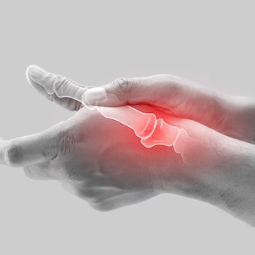


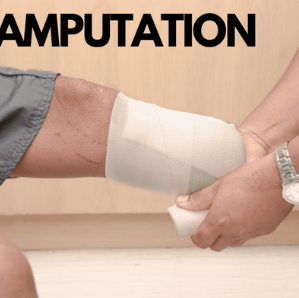
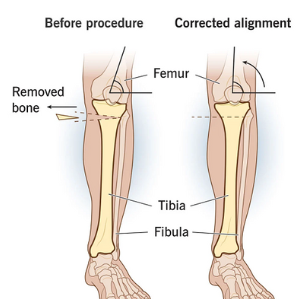



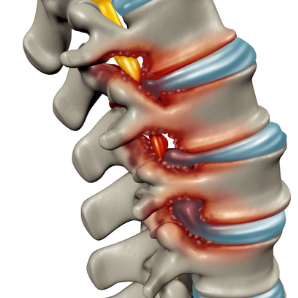
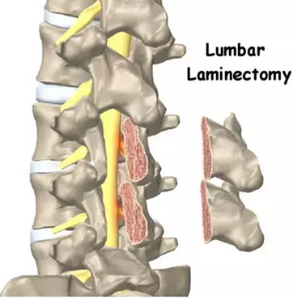

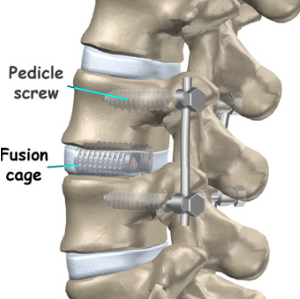
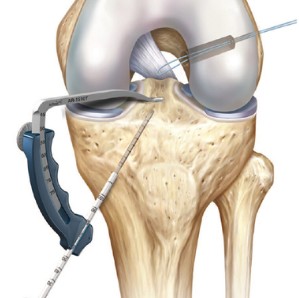
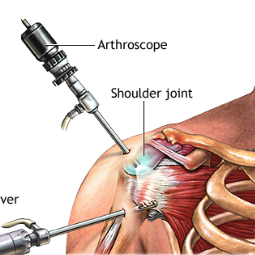
.png)